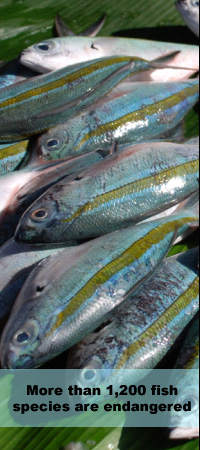|
Sharks, skates, and rays (Subclass Elasmobranchii)
Sharks, skates, and rays usually have a rough skin like sandpaper, and have five to seven pairs of external gill openings.
The biggest fish in the world is the whale shark (Rhincodon typus); it is a shark but not a whale. The whale shark is up to 16 m (50 ft) long and weighs up to 15 tons. The smallest shark is the Etmopterus perryi or Dwarf Lanternshark. A full grown female comes in at about 7.5 inches while the male reaches only 6 inches.
Cartilaginous skeleton
Placoid scales
Internal fertilization with claspers in males
Serial replacement of teeth
Multiple gill slits
No lungs or gas bladder but instead large, buoyant livers, and a spiral valve intestine
Five to seven separate gill openings on each side of the head, the first often modified as a spiracle
Dorsal fins and spines, if present, are rigid and cannot be folded
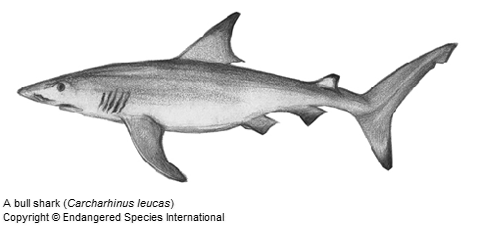
Several shark, skate, and ray species are classified endangered. For example, the giant devilray (Mobula mobular) a huge, plankton eating ray living in the Mediterranean is threatened by the fishing industry. This fish is often caught by accident by long-lines, trawls and fixed tuna traps among other fishing equipment. The giant devilray is especially vulnerable because of its limited range and low reproductive capacity.
Chimaeras or ratfishes (Subclass Holocephali)
Chimaeras or ghost sharks are smooth-skinned and have only one pair of external gill openings. Fertilization is internal and this group of fish produces few offspring.
Cartilaginous skeleton
Internal fertilization with claspers in males
No lungs or gas bladder but instead large, buoyant livers, and a spiral valve intestine
All chimaeras lay large eggs with a horny shell and development of embryos is direct, without a larval stage
A single gill flap covers four internal gill openings, and there is no spiracle
The first dorsal fin, with its poison-laden spine, is erectable
Skin in adults is naked except for small dermal denticles along the midline of the back and on the claspers of the males
Males often have an additional clasping organ on the head
Continue on page 4
|
|
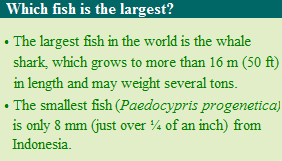
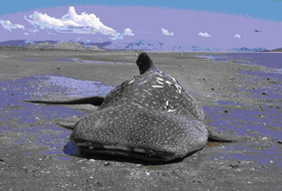
The whale shark (Rhincodon typu) inhabits the world's tropical and warm-temperate oceans
© Glenn and Martha Vargas CAS
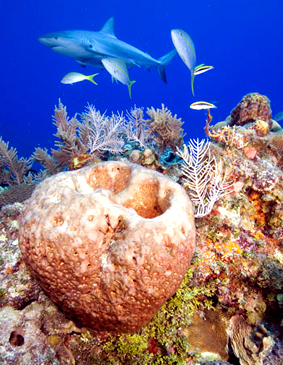
Longline fisheries catch huge numbers of sharks, and most
are left to rot in the sea © 2006 Paddy Ryan
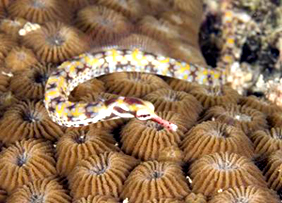
Most of the pipefishes are marine, only a few being freshwater
© 2006 Paddy Ryan
|

